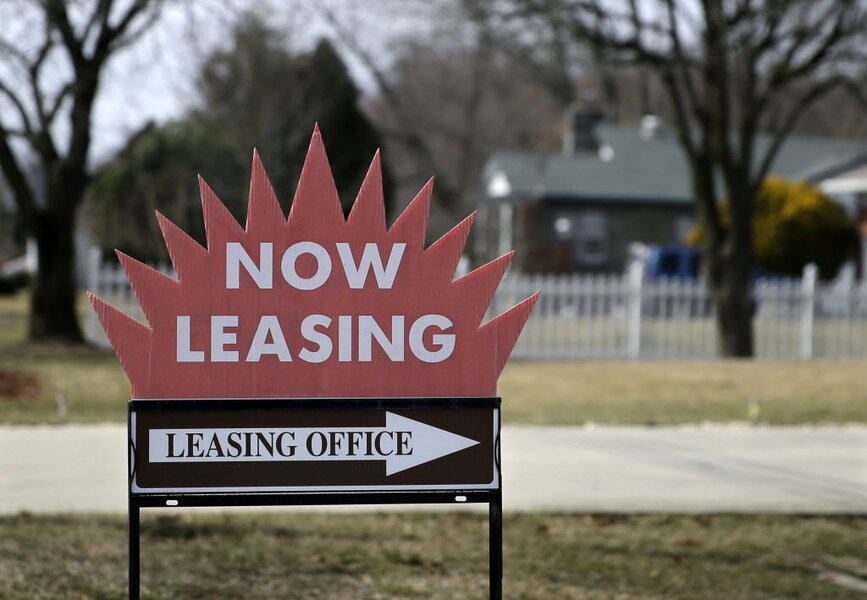More Millennials live at home than during Great Recession, says Pew study
Loading...
Although there are now almost 3 million more young adults in the United States than there were in 2007, fewer young people are heading their own households than at the height of the economic crisis, data from the Pew Research Center revealed Wednesday.
The labor market is rebounding with decreasing levels of unemployment and increasing wages, but these trends have not translated into more Millennials living independently, the discovery of which has baffled pundits. In the first third of 2015, around 42.2 million 18-34-year-olds lived away from their families, while in 2007, shortly before the Great Recession began, 42.7 million did.
“The declining numbers reflect a decrease in the rate of independent living during the recovery," wrote Richard Fry, the report’s author and a senior researcher focusing on economics and education at the Pew Research Center. "In 2010, 69% of 18- to 34-year-olds lived independently. As of the first four months of this year, only 67% of Millennials were living independently. Over the same time period, the share of young adults living in their parents’ homes has increased from 24% to 26%.”
Now experts are wondering whether this troubling trend could have negative spillover effects in housing, furnishing, and other markets.
“This may have important consequences for the nation’s housing market recovery, as the growing young adult population has not fueled demand for housing units and the furnishings, telecom, and cable installations and other ancillary purchases that accompany newly formed households,” Mr. Fry wrote.
“Because of the recession, there are substantially fewer households than would have been predicted based on population growth; using CPS data through 2011, an economist estimated that the shortfall in the number of young adult households accounted for almost three-quarters of the total 2.6 million shortfall in households throughout the economy,” he noted.
The overall number of young people living in shared households, also known as “doubled-up” households, has also increased in recent years, and accounts for almost half of all Millennials. While a young person living with their parents is considered to be “doubling up,” young people living with roommates also count among this demographic.
“In the first four months of 2015, 48% of Millennials were doubled-up; in 2010, 47% of 18- to 34-year-olds were living in this type of household,” the study revealed.
“The 48% of Millennials who were doubled-up in 2015 includes 33% who were living in a household headed by a parent or other adult relative and 16% who were living in households headed by a non-relative or heading their own households with an extra adult (which may or may not include a family member),” it continued.
Still, researchers have yet to discover why more young people are not embarking on their own despite improving employment opportunities.
“Call it the ‘Big Bang Theory’ of the housing market: Researchers are puzzled over why millions of millennials are still either renting apartments or houses with their friends – like the characters in the popular CBS TV show – or living at home with mom and dad,” joked Quentin Fottrell for Market Watch.
The data used in the Pew study was taken from the US Census Bureau.






